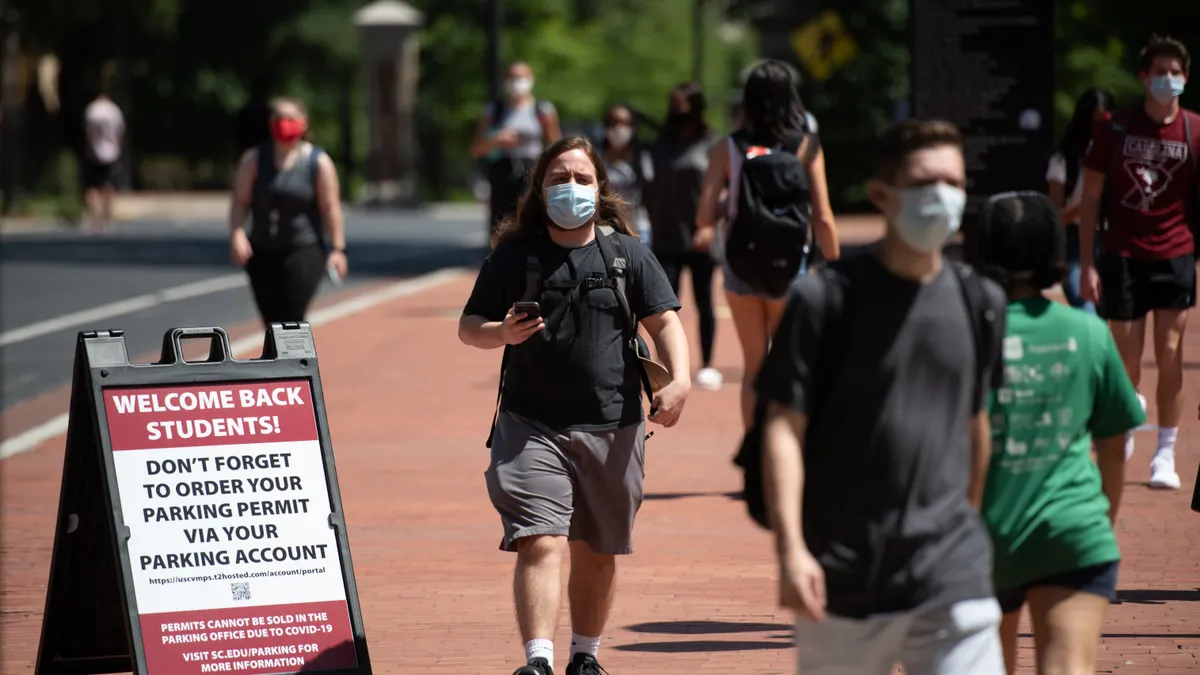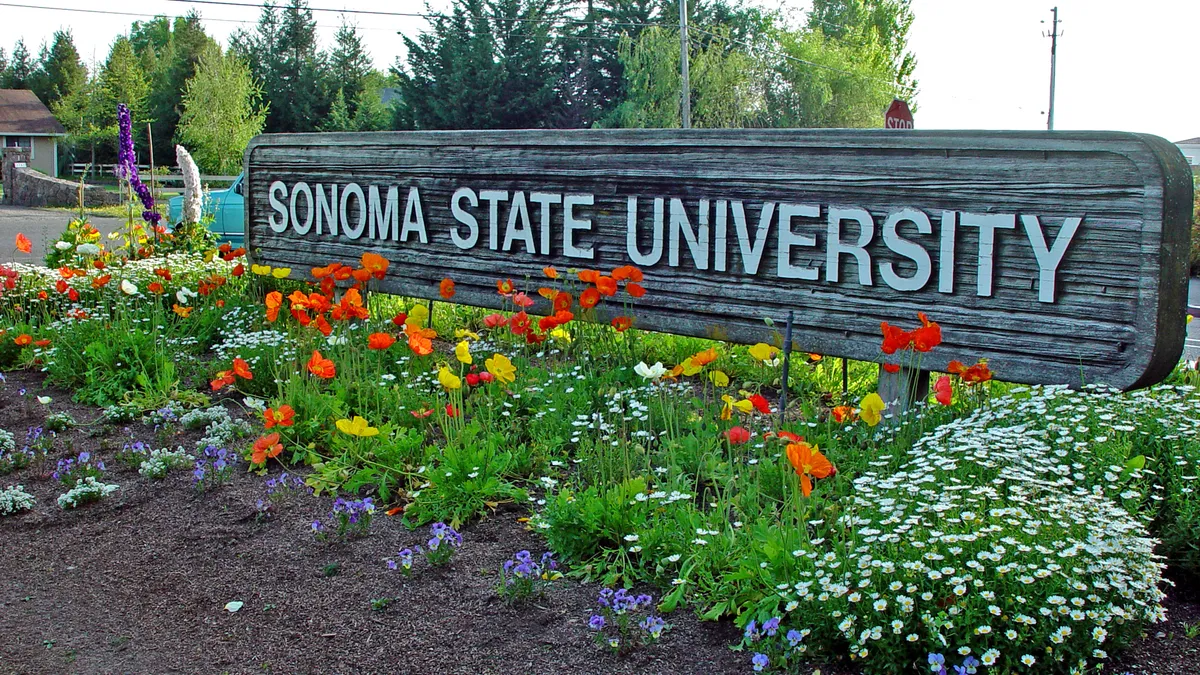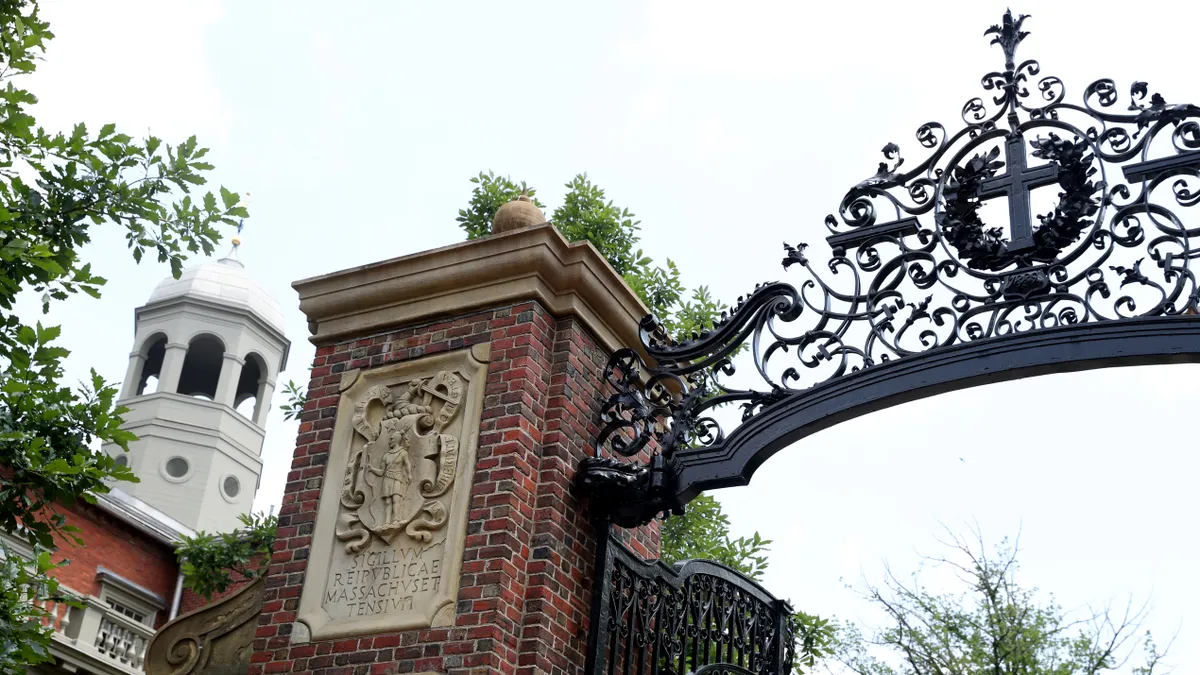Kim Cook is chief executive officer of the National College Attainment Network. Janet Godwin is chief executive officer of ACT.
For more than 800 days spanning three school years, the COVID-19 pandemic has exposed and exacerbated the long-standing inequities existing at every level of our education system. Reading and math scores are falling, college enrollments are dropping, and racial and socioeconomic gaps are widening. While many of education's most pressing challenges predate the pandemic, the current crisis serves as yet another wake-up call.
It is understandable to yearn for a return to normalcy, but we cannot simply turn back the clock to a system that was already failing so many. Instead, the months and years ahead must be a transformational moment for education. The silos separating K-12, higher education and the workforce must be dismantled — because the road to higher education, the great equalizer of our nation, begins long before students start applying to colleges. Together, we can reinvent the paradigm of postsecondary success.
The need to act is clear; the warning signs of long-term damage to our country are stark. During 2019-20 and 2020-21, about 270,000 fewer high school seniors completed the Free Application for Federal Student Aid, or FAFSA, than would have been expected if not for the pandemic. At the same time, fewer students are taking the ACT test, and among those who are, their scores are lower.
This means fewer students — often the students who need it most — are getting the financial aid and academic assessment information they need to help find the college that's right for them, and to succeed once they get there.
Because we know that FAFSA completion is tied to college enrollment, and institutions use ACT scores to identify students for recruitment, these trends do not bode well for postsecondary education. Indeed, the number of undergraduate college students dropped again this spring, reaching nearly 1.4 million students unaccounted for during the pandemic. This startling drop is seen most acutely among students of color and those from low-income backgrounds.
These trends paint a worrying picture, as higher education remains a strong lever for social mobility. Those who earn only a high school diploma earn, on average, about $1 million less over a lifetime than those with a bachelor's degree.
But our students are not lost to us. Disrupted students from the high school classes of 2020 and 2021 say they can be led back to education through personalized college and career guidance, the removal of financial barriers, and the infusion of career relevance into their education.
Students need trusted information and adults to reassure them college is worth their investment. New research shows the opportunities students have to become informed about college and major choices are directly connected to students' own stress levels about going to college and their likelihood of applying. This reinforces the importance of in-person, school-day models like the ones promoted by the American College Application Campaign, an initiative of ACT's Center for Equity in Learning.
High schools and colleges should work together to make these kinds of resources easily available. Institutions can partner with districts to redesign postsecondary advising, providing students with early and frequent reminders of important deadlines, interventions for increasing match and fit with programs, and ways to engage parents and families in the college search and enrollment process. They can also work with local and regional businesses to create greater transparency around how certain programs connect with specific careers.
Districts can make use of the Elementary and Secondary School Emergency Relief Fund to accomplish this transformation, dedicating a once-in-a-lifetime influx of funding to exploring new and sustainable ways to more fully address the needs of students and recent high school graduates. They can also partner with organizations to help students take steps toward postsecondary education and careers. Such partnerships proved crucial during the pandemic, with schools and ACT working together to ensure students could still take the test on a regular school day, for free.
Of course, these kinds of interventions are inefficient if the barriers students face are holding them back from entertaining the idea of postsecondary education in the first place. The pre-pandemic food and housing insecurities that plagued K-12 and college students alike have only gotten worse. It's not surprising that the mental health of students has also declined dramatically.
District and higher education leaders should collaborate with local community organizations to help students and their families remain housed, fed and mentally healthy. ESSER funds can help here, too, and districts would be wise to examine how those funds can help alleviate the financial hardship of struggling students and their families, and provide new avenues for social and emotional learning focused on skills such as resilience and self-confidence.
Our organizations also recognize the structural and financial barriers facing districts and colleges, many of which predate the pandemic, and we stand ready to support them in this work in service to students.
Policymakers still have a role to play beyond ESSER, such as freeing up emergency grants and other funding for students, as well as taking steps to reduce the complexities of a byzantine financial aid process that leads too many frustrated students to give up on higher education.
The disrupted learning, financial hardship and emotional toll of the COVID-19 pandemic will have far-reaching implications for years to come — and not just for students. These challenges will continue to manifest in falling enrollments for higher education and, ultimately, in a severely diminished workforce over the long term.
The future health of our economy and our country relies on school districts, colleges, businesses and policymakers coming together to clear the multiple pathways to postsecondary education for all students. We can afford to ignore the warning signs no longer.





















